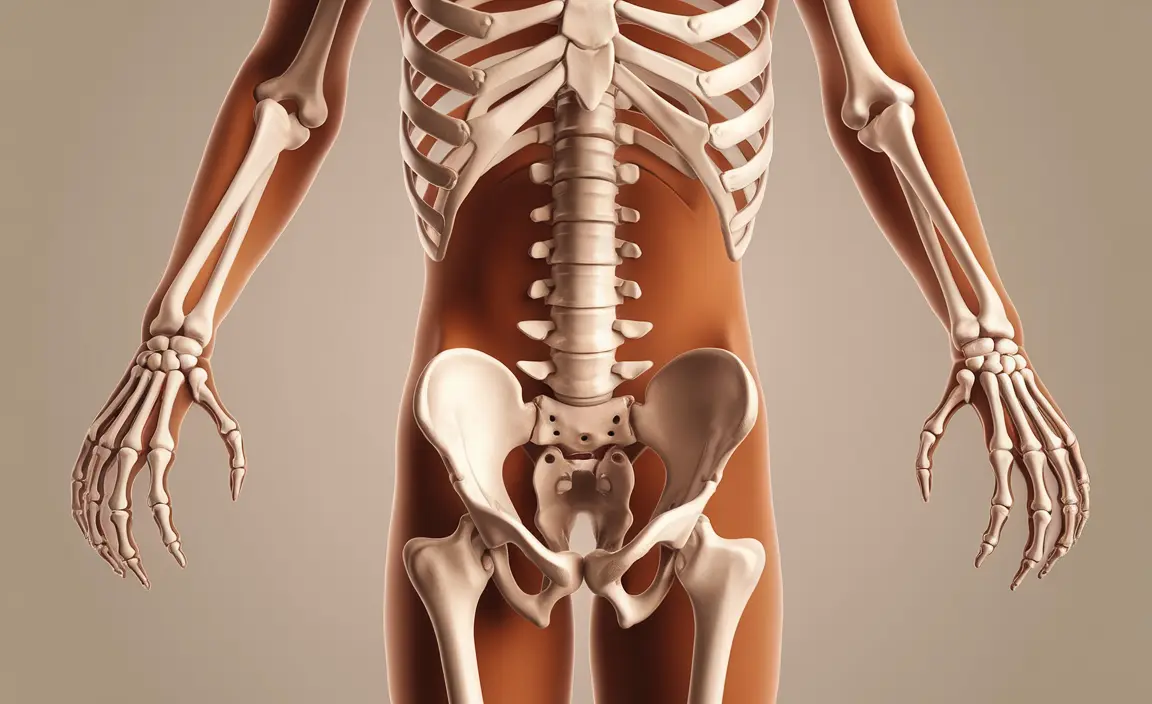Rickets is a serious bone disorder that primarily affects children during their growth and development stages. This condition occurs when bones don't properly mineralize, leading to soft and weak bones that can easily become deformed. While traditionally associated with vitamin D deficiency, rickets can result from several nutritional and genetic factors that affect bone development.
Understanding rickets is crucial for parents and healthcare providers, as early detection and proper treatment can prevent long-term complications and ensure healthy bone development in children. Let's explore the key aspects of this condition, from its causes to prevention strategies.
Causes and Risk Factors
Rickets typically develops due to several key factors:
- Severe vitamin D deficiency
- Insufficient calcium or phosphate intake
- Certain genetic conditions affecting mineral metabolism
- Kidney disorders that impact vitamin D processing
- Medications that interfere with vitamin D metabolism
While children are most commonly affected, adults can develop a similar condition called osteomalacia, which shares many characteristics with rickets but occurs in fully grown bones.
Recognizing the Signs and Symptoms
The symptoms of rickets often develop gradually and may include:
- Bone pain and tenderness
- Delayed growth and development
- Skeletal deformities, especially in the legs
- Dental problems
- Muscle weakness
- Frequent bone fractures
Physical Changes to Watch For
Children with rickets may exhibit specific physical characteristics:
- Bowed legs or knock knees
- Thickened wrists and ankles
- Protruding breastbone
- Soft skull bones in infants
- Delayed closure of soft spots on the skull
Diagnostic Process
Healthcare providers use several methods to diagnose rickets:
- Physical examination
- Blood tests to check vitamin D, calcium, and phosphate levels
- X-rays to examine bone structure and density
- Family history evaluation
- Assessment of dietary habits and sun exposure
Treatment Approaches
Medical Interventions
Treatment typically involves a combination of approaches:
- Vitamin D supplementation
- Calcium supplements when necessary
- Regular monitoring of blood levels
- Treatment of underlying conditions
- Physical therapy in cases of skeletal deformities
Dietary Management
Nutritional interventions play a crucial role in treatment:
- Including vitamin D-rich foods in the diet
- Ensuring adequate calcium intake
- Incorporating phosphate-rich foods
- Regular exposure to sunlight (with appropriate sun protection)
- Balanced meal planning
Prevention Strategies
Preventing rickets involves several key measures:
- Regular sun exposure (15-30 minutes daily, when appropriate)
- Proper nutrition during pregnancy and childhood
- Vitamin D supplementation for at-risk individuals
- Regular health check-ups during childhood
- Education about proper nutrition and sun exposure
Frequently Asked Questions
What causes rickets in children, and can adults get it too?
Rickets is primarily caused by vitamin D deficiency in children, but can also result from calcium or phosphate deficiencies, or genetic factors. Adults can develop a related condition called osteomalacia, which affects fully formed bones rather than developing ones.
What are the most common signs and symptoms of rickets to look out for?
The most common signs include bone pain, delayed growth, skeletal deformities (especially bowed legs), muscle weakness, and delayed developmental milestones. Dental problems and frequent fractures may also occur.
How is rickets diagnosed and what tests are usually needed?
Diagnosis typically involves physical examination, blood tests to check vitamin D and mineral levels, and X-rays to assess bone structure. Doctors may also review family history and evaluate dietary habits.
What are the best treatment options for rickets, including nutritional and medical approaches?
Treatment usually combines vitamin D and mineral supplementation, dietary changes, and addressing any underlying conditions. In severe cases, medical monitoring and physical therapy may be necessary.
How can rickets be prevented through diet, sunlight, and supplements?
Prevention includes ensuring adequate vitamin D through safe sun exposure, consuming vitamin D-rich foods, taking supplements when recommended by healthcare providers, and maintaining a balanced diet rich in calcium and phosphate.




